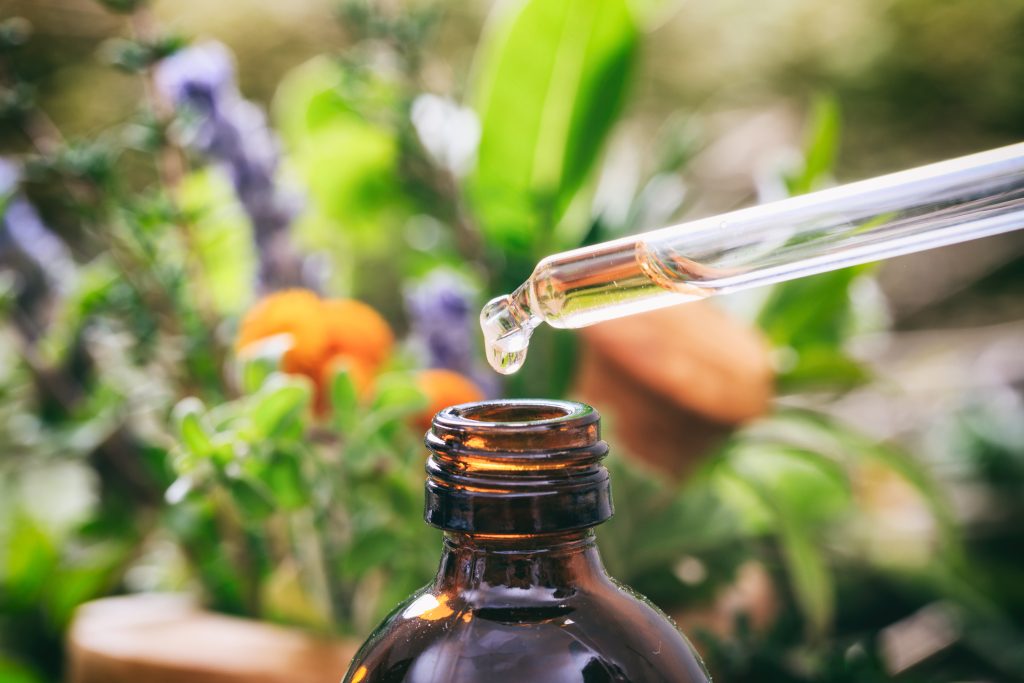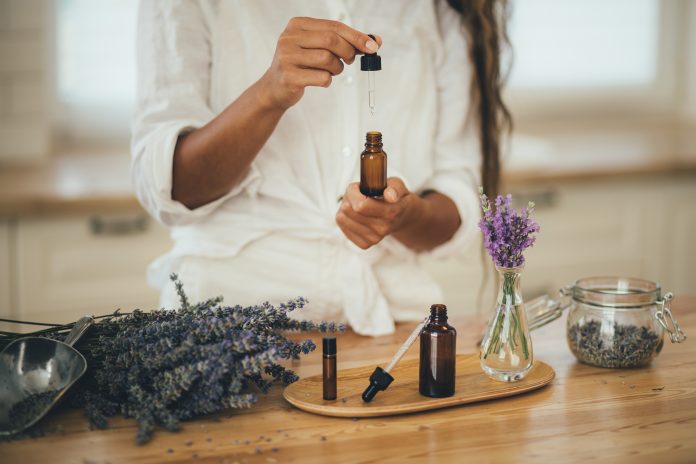Throughout human history, people have relied on essential oils’ medicinal and therapeutic properties because of the health benefits they can provide for their users’ well-being. But aside from that, these oils are also pretty versatile. To start, the right combination of mix essential oils can help relieve stress, improve the quality of your sleep, and a lot more.
Putting The Essential Oils Together- Mix Essential Oils
Art and science generally go hand in hand when mixing essential oils. When they are blended, they’re believed to perform better, as it allows you to benefit from multiple essential oils simultaneously.
Suppose you’re looking into creating your own concoction. In such a case, here’s a quick guide on mixing essential oils for maximum wellness to help you get started.
1.Identify The Scent You Wish To Create
Start by deciding on the kind of scent you prefer. Scents of essential oils can be classified into general groups, and oils from the same category tend to blend well together. However, it may also be possible to combine oils from other types. Some oils could fit into more than one category, depending on how your nose interprets the smell.
More so, you may consider experimenting with various oils to see what you prefer. Here’s a quick rundown of the most common types of oil scents you can find in the market and shops like SenseYourDay:
- Floral – Jasmin, Lavender, Ylang Ylang, Palma Rosa
- Mint – Sage, Spearmint, Peppermint
- Herbal – Chamomile, Tea Tree, Basil, Eucalyptus
- Citrus – Citronella, Lime, Grapefruit, Bergamot
- Spice – Pepper, Cinnamon, Ginger, Nutmeg
- Earth – Pine, Cypress, Cedar, Juniper
Licensed aromatherapists might also be consulted when using essential oils. These experts can help you learn about aromatherapy’s best practices and guide you to minimize any potential errors.

2.Decide On The Effect You’re Going For – Mix Essential Oils
As part of creating the perfect concoction, you must also decide on the effect or the desired result you’re after. Grouping essential oils by their therapeutic properties can be a logical approach, as you could have the best chance of understanding them better.
For instance, if you’re after a calming effect, you can use lavender, bergamot, jasmine, or rose. On the other hand, you can use peppermint, tea tree, rosemary, or eucalyptus if you want an essential oil mixture that is energizing or stimulating. You can also use ylang ylang, chamomile, and bergamot if you want an anxiety-relieving concoction.
As a general rule, combining essential oils from the same family can produce a blend with complementary properties.
3.Familiarize Yourself With ‘Notes’ – Mix Essential Oils
Perhaps you have noticed that the scent of your blend changes following its creation. Essential oils are made of different components, which means they have different evaporation times. Some may evaporate quickly, while some scents may last longer. This is where knowing the notes they have come in handy.
Generally, there are three types of essential oil notes. The term note may refer to the amount of time it takes to evaporate. Top notes fade away quickly, but middle and base notes tend to stay for some time. (benzinga.com)
There’s always a chance that other oils in your blend could lose their scent. And so, it’s crucial to choose a base note that complements the others if you want the smell to remain as long as possible.
Here are some examples of popular essential oils and their notes:
- Top Notes – Citronella, Lavender, Lime, Peppermint
- Middle Notes – Chamomile, Coriander, Jasmine, Tea Tree
- Base Notes – Amyris, Ginger, Frankincense, Coffee
Keep in mind that using oils with the same oil notes will likely result in a mixture that maintains the same fragrance and behavior over time.
4.Try It For Yourself!
Before mixing your formula, consider trying it first to see if your concoction works. For instance, you can use a cotton or cotton swab to dip in each oil bottle. Let them sit for a few minutes and move them across your nose to get a good sniff. Doing so can give you a sample of what the scent would be. In addition, this could also help you tweak or improve your mixture by selecting the right aromas for your blend.
5.Combine The Oil
Once you have finalized your blend, you can start mixing your essential oils. Start by measuring out precisely the top, middle, and bottom notes in a clean mixing bowl or vial. If you follow a recipe, use the specified number of droplets. However, there are some general rules that you can follow if you’re unsure how much to use.
- 30-50-20 – 30 percent of your top note, 50 percent middle note, and 20 percent base note
- 1-2-3 – The base note contains one drop, the middle has two, and the top note has three drops
Still, adding carriers or diluting agents should be done after your essential oils have been thoroughly mixed and set.
Finishing The Mix
Now that you’ve learned how to put a blend together, you can finish your mix by following the steps below:
6.Combine With A Carrier Oil
Essential oils must be diluted before being applied topically. Since they’re highly concentrated, directly putting them on your skin without a carrier oil could cause skin irritation. Almost all carrier oils are made from natural ingredients. Here are some of the common ones:
- Almond
- Grapeseed
- Coconut
- Jojoba
- Olive
With a spoon, stir your oils in the bowl or bottle to ensure that they are evenly distributed. Still, gentle hand movement is necessary for a successful oil-mixing process.
7.Put The Contents In A Bottle and Seal
You can store your essential oil mixtures in glass vials, bottles, and sprayers. If necessary, use a funnel to pour the mixed oil into the container carefully. Make sure to seal it and keep the mixture in a cool, dark place.
Wrapping Up
Essential oils have been used medicinally and therapeutically throughout history. Aside from their notable benefits of helping alleviate stress and improve sleep quality, among other possible health and wellness concerns, blending them can amp up your essential oil use.
Suppose you’re curious about how to do it; this article has outlined steps to help you start the process of making the perfect mixture of essential oils for your maximum wellness.










